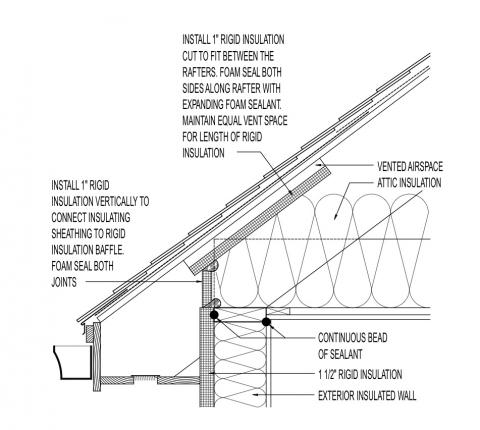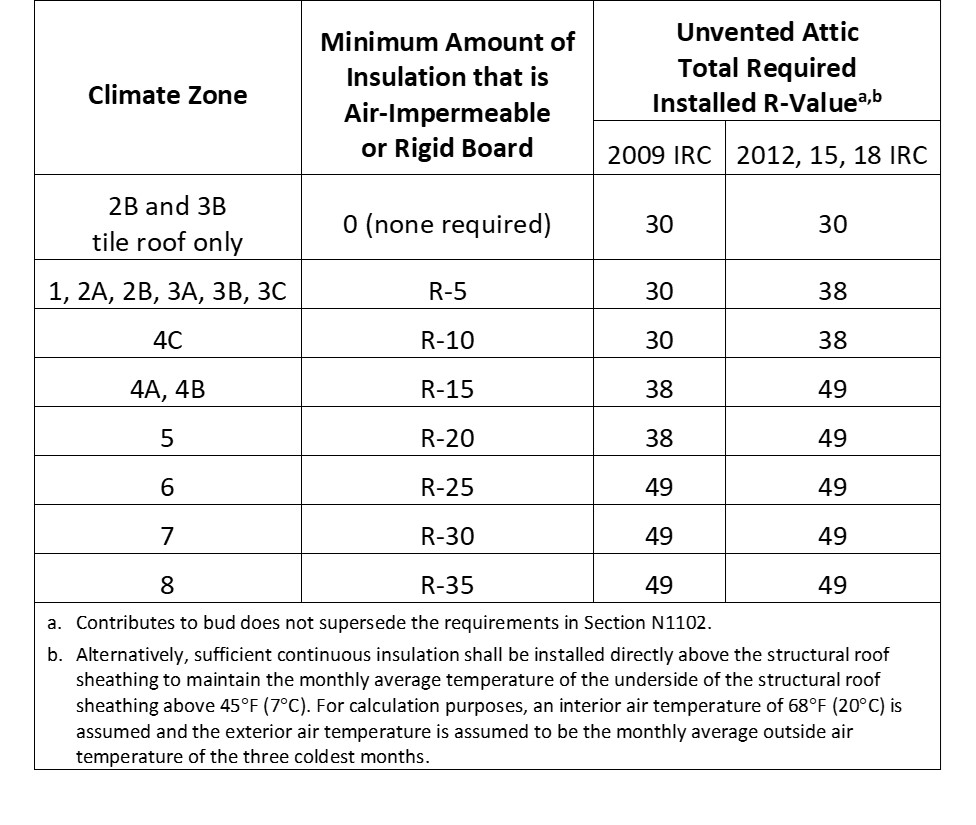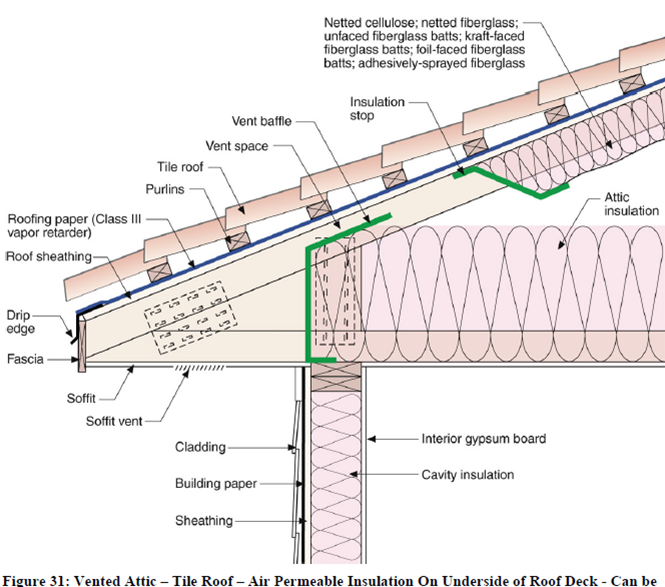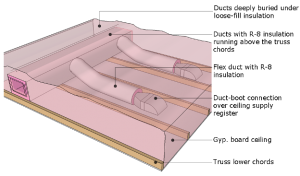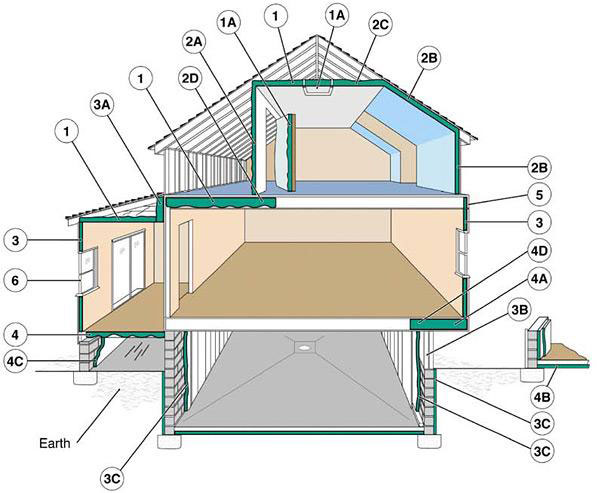Attic insulation the utilization of space of a building can be maximized with effective and properly implemented thermal insulation of the attic.
Attic insulation below minimum level.
Inspecting your attic insulation.
First things first you need to go up into your attic inspect the condition of the insulation and calculate the current level of insulation.
Achieving greater r values in attics the higher the r value the better the thermal performance of the insulation.
Improve air quality with the passage of time dust dirt mold and other pollutants can accumulate in your home through air leaks as a result of poor insulation.
The average recommended level is 17 inches of r60.
Find your zone on the map and then use the chart to determine the level of insulation you need to properly insulate your attic walls floors and crawlspaces.
The recommended level for most attics is to insulate to r 38 or about 10 to 14 inches depending on insulation type.
Add the right kind of insulation when adding additional insulation you do not have to use the same type of insulation that currently exists in your attic.
The average recommended level is 17 inches of r60.
In zone 4 the average minimum requirement for attic insulation is 11 inches of r38 fill.
Recommended insulation levels for retrofitting existing wood framed buildings.
By boosting your attic insulation from r 11 to r 49 you can save up to 600 per year which means it will pay for itself in less than 2 years if you go diy.
The ceilings of storage attics are often quite low and as wasting expensive space is undesirable the insulation used for the space should be chosen carefully to avoid unnecessary reduction of space.
Add insulation to attic.




